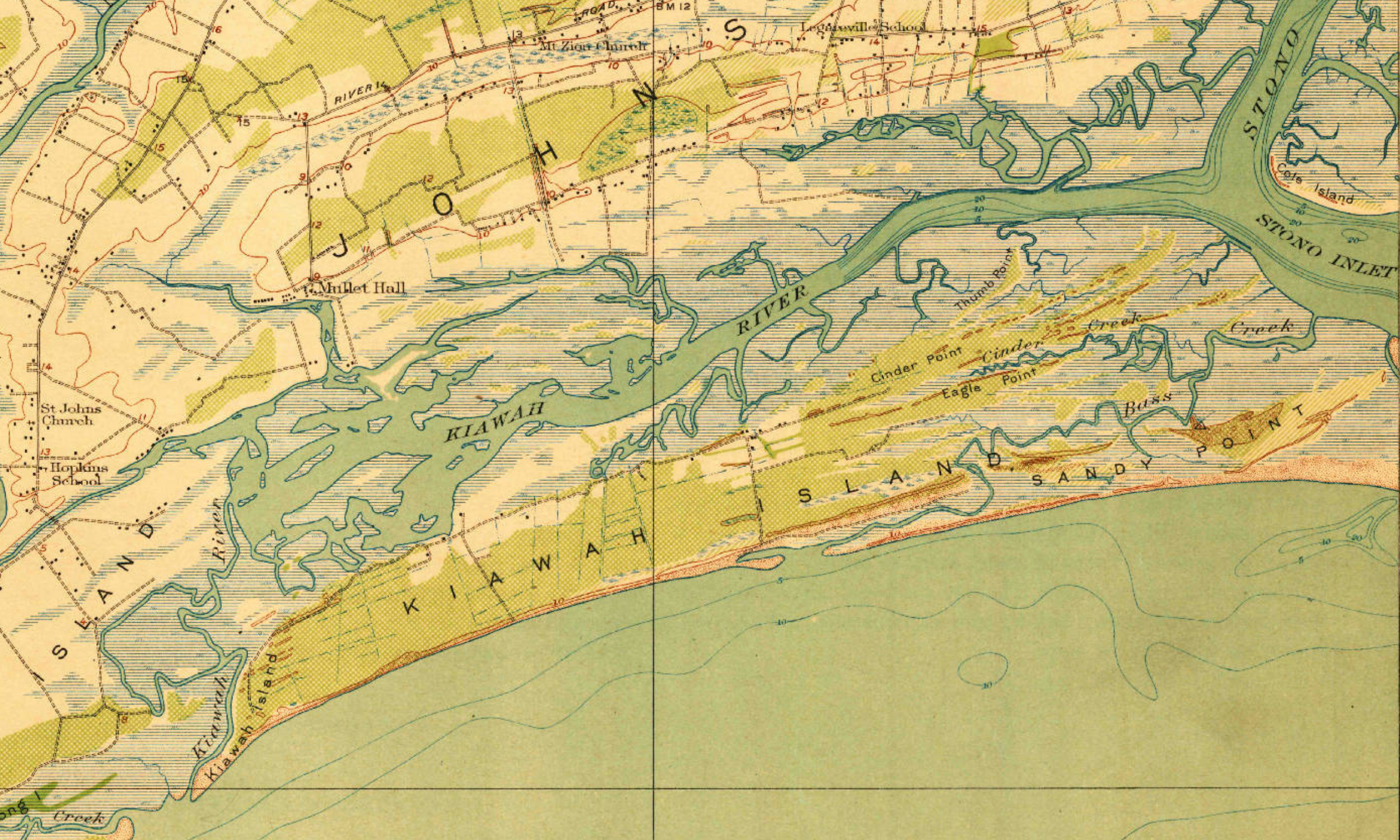
The Kiawah Island History Project
Project Background
I’m a writer, researcher, and educator tracing the lives of men, women, and children enslaved by the Vanderhorst family on Kiawah Island and across the South Carolina Lowcountry.
Since 2021, I’ve been gathering names from estate records, letters, and diaries, primarily from the Vanderhorst Family Papers housed at the South Carolina Historical Society.
This project is building a public-facing archive to support research, remembrance, and the long-overdue restoration of Black history on Kiawah Island.
Enslaved Names Database
-
This database identifies over 700 men, women, and children named in Vanderhorst plantation records from Kiawah Island and the South Carolina Lowcountry, dating from 1765 to 1920. All of the people named in this database were either enslaved by the Vanderhorst family, or, after Emancipation, remained on Kiawah as tenant farmers.
These names were extracted by hand from primary sources—letters, receipts, diaries, and estate papers—most of which have never been digitized until now. Each name or row in the table represents a single reference to a person in a specific document. Many people are mentioned in multiple sources, allowing us to trace their lives and families across generations and locations.
If you would like to support this project and help make this table complete, please reach out via the About Me page.
-
Search: Click 🔍 and enter a name or keyword. If you want to see all Search results at once, try Filter.
Sort: This list is sorted by Name and Date Written. Click ⇅Sort to sort by a different column, like Source or Family Unit.
Filter: Show only certain names by clicking Filter and choosing a Condition, like Location or Family Unit. This narrows the list of results.
View Full Table: Click the button to see the full Archive in a larger window.
-
Like many Charleston planters, the Vanderhorsts lived on several different properties and migrated throughout the Low Country every few months. The people they enslaved were forced to migrate as well, whether due to labor demands, sales, or the Civil War.
This interactive map shows locations named in the Database where individuals were purchased, inherited, or forced to work, revealing Kiawah Island’s deep ties to Charleston and the broader Low Country.
Locations in the Database
Explore the interactive map below, displaying historical sites on Kiawah Island.


